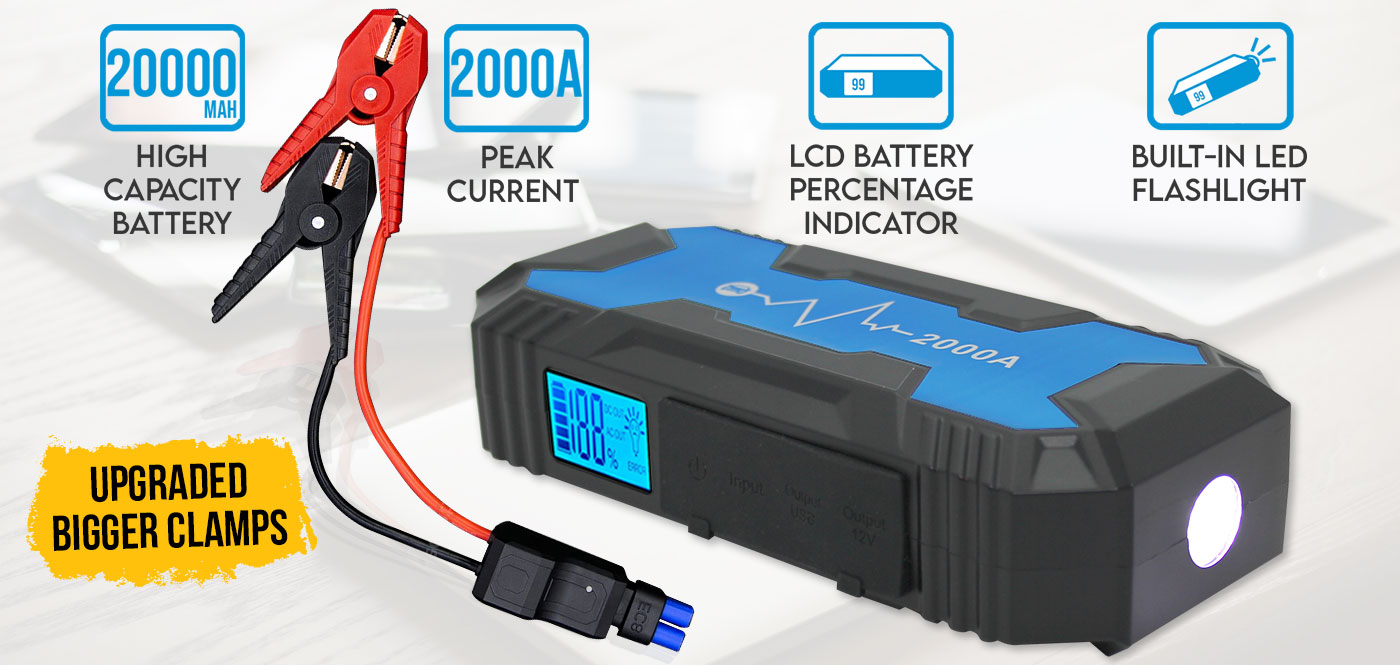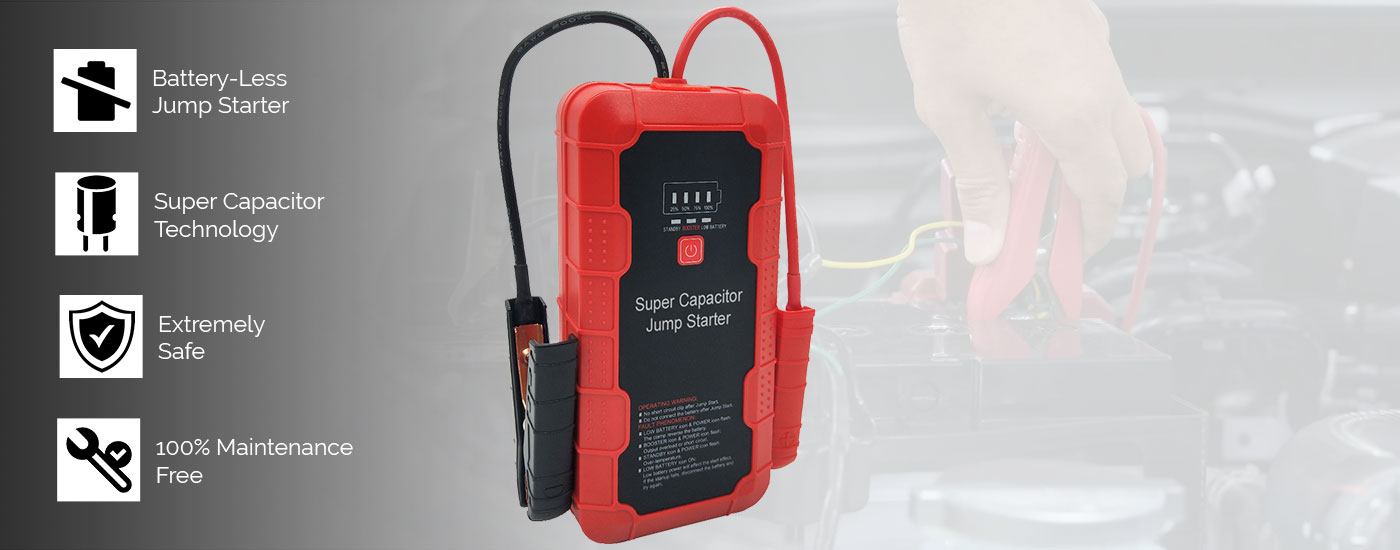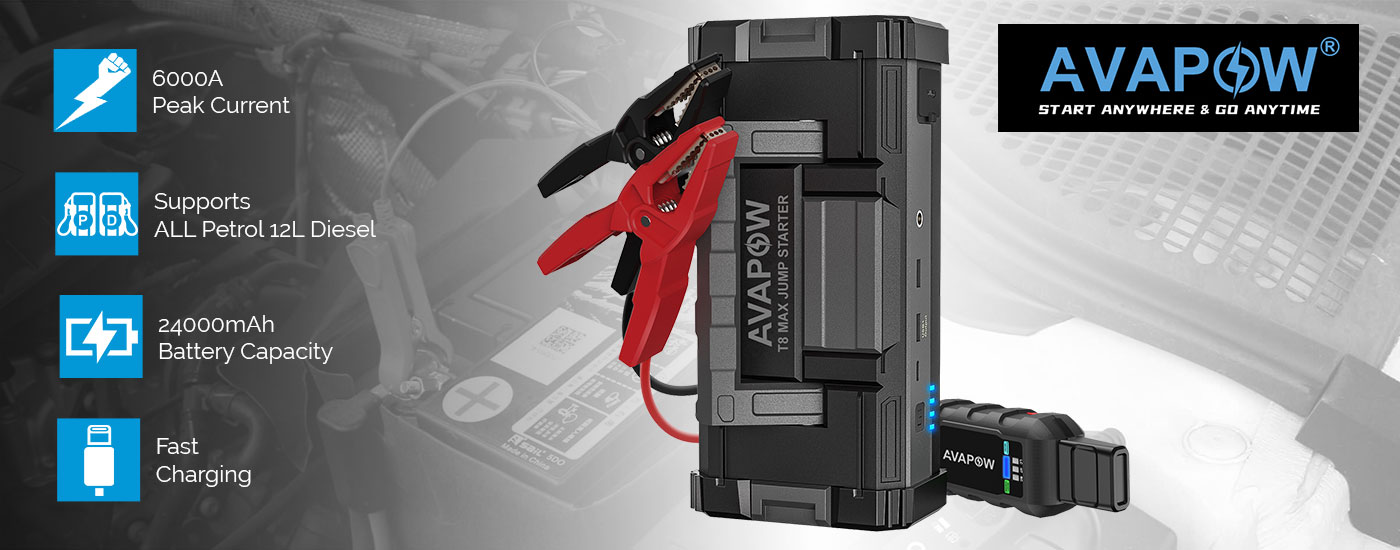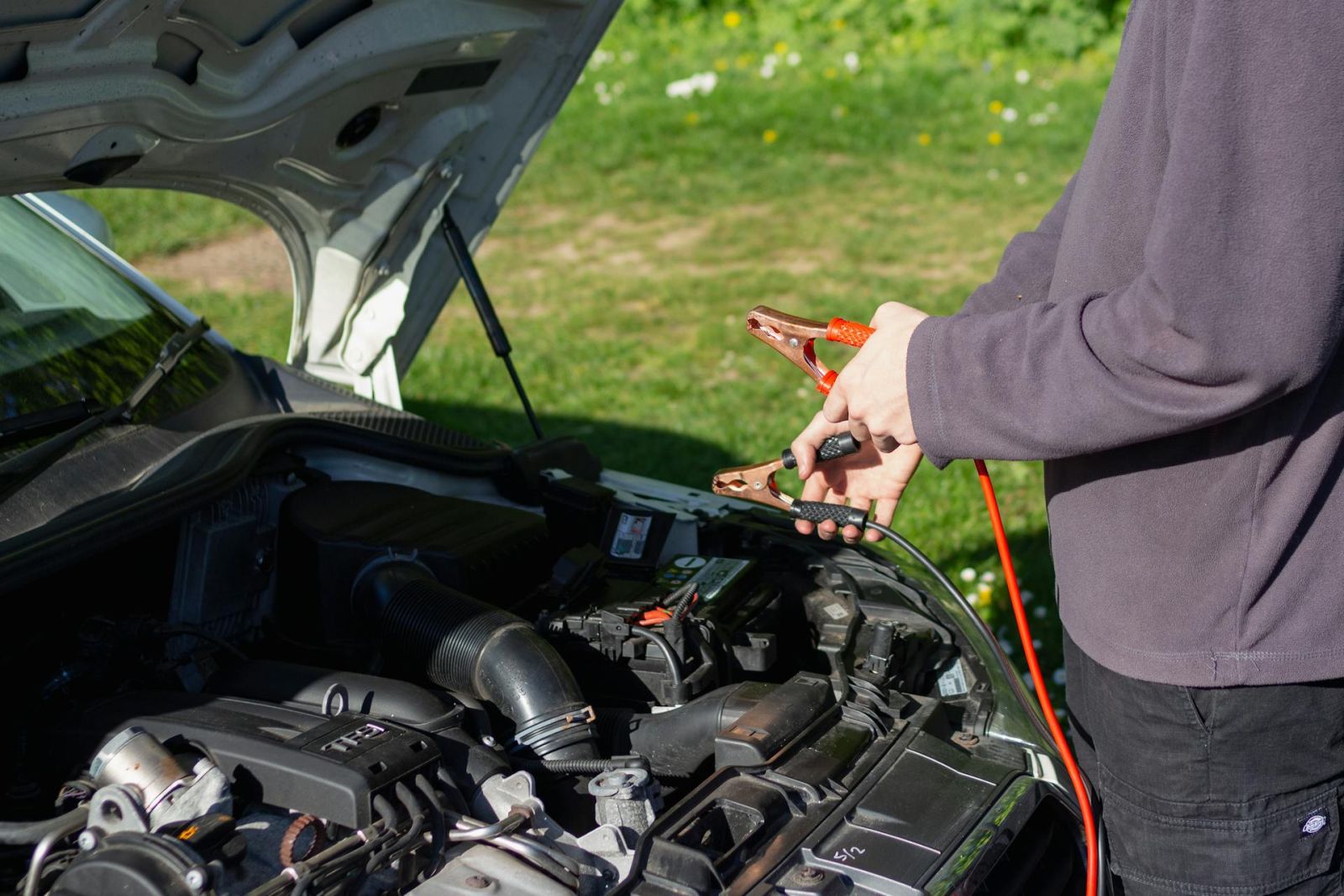A jump starter is one of those tools you don’t realise you need—until your car battery dies in the middle of nowhere. Compact, powerful, and easy to use, it’s a true lifesaver during emergencies. But even the best device can let you down if it isn’t charged or maintained correctly. Knowing how to properly charge your jump starter helps it last longer and ensures it’s always ready when you need it most.
.jpg)
Below are some essential do’s and don’ts to keep your jump starter in great condition.
The Do’s
1. Do Charge It After Every Use
Once your car is up and running again, it’s easy to toss your jump starter pack back into storage and forget about it. But always make it a rule to recharge it after every use. Models like the 2000A 12V Vehicle Jump Starter 20000mAh Smart Clamp can deliver up to 25 starts on a single charge, but topping it up right away prevents deep discharge and keeps it ready for the next time you need it.

2. Do Use the Right Charger
Always use the charger that came with your unit or one recommended by the manufacturer. The voltage and amperage are carefully matched to the jump starter’s battery chemistry. Using a random charger might overheat the internal cells or shorten their lifespan. Some high-quality units also support fast charging safely, making it easier to maintain power between uses.
3. Do Store It in a Cool, Dry Spot
Batteries and extreme temperatures don’t mix. Keep your jump starter in a cool, dry area when charging or storing. Avoid placing it in direct sunlight or near heat sources. The 800A Super Capacitor Battery-Less Car Jump Starter handles a wider range of temperatures than most, but even then, it’s best to store it responsibly to ensure optimal performance over time.

4. Do Check the Charge Level Regularly
Even if you haven’t used your portable jump starter in months, give it a quick check every few months. Many modern models have display screens or LED indicators for monitoring battery status. Keeping an eye on these ensures you’ll never be caught off guard with a flat device during an emergency.
The Don’ts
1. Don’t Overcharge It
Leaving your jump starter plugged in overnight or for several days might seem harmless, but overcharging can damage the internal battery. Once it reaches full charge, unplug it. Devices like the AVAPOW T8 MAX 6000A Jump Starter 24000mAh include safety protections to prevent overcharging, but it’s still good practice to monitor the process.

2. Don’t Use It While It’s Charging
Using your battery jump starter while it’s plugged in can cause overheating and damage the circuits. Always let it charge fully before using it to jump a vehicle or power other devices. A fully charged unit performs better and lasts longer.
3. Don’t Charge in Extreme Temperatures
Charging in very hot or cold environments can affect performance and battery health. Ideally, charge it in an area between 10°C and 30°C. If it’s freezing outside, let the device warm to room temperature first before plugging it in. This helps prevent uneven charging and potential cell degradation.
4. Don’t Ignore Maintenance
Your jump starter may spend most of its time in the glove box or trunk, but that doesn’t mean you should forget about it. Recharge it every few months and give the cables a quick inspection. Dust, dirt, or corrosion can impact connection quality. Regular maintenance ensures reliability when you need it most.
A Quick Note on Charging Technology
Some models use cutting-edge technologies that simplify maintenance. For instance, the AVAPOW JP3 3000A Jump Starter 12V Tyre Inflator relies on lithium battery technology for long-lasting charge retention, while the 800A Super Capacitor Battery-Less Car Jump Starter uses supercapacitors that fully charge in just minutes from your weak battery—no pre-charging required. Both systems highlight how modern innovation makes charging safer, faster, and more efficient.

Final Thoughts
Whether you own a compact jump starter for everyday use or a high-powered model designed for larger engines, proper charging habits make all the difference. Avoiding overcharging, monitoring temperature, and performing occasional maintenance will extend your device’s lifespan and keep it dependable for years.
A battery jump starter pack isn’t just a convenience—it’s your first line of defense against being stranded. Treat it well, and it’ll always return the favour.
Did you enjoy reading this article?
Stay updated on our latest deals and promos by following our social media accounts.
Find this article helpful? Don't forget to click on the share buttons below.

.jpg)



